Travelling to Spain invariably evokes an agenda of sun-soaked beaches, tapas-filled afternoons and flamenco-fueled nights.
But the northern region of Castilla y León – within easy driving distance of Madrid – reveals a different side of Spain, encapsulating the essence of the country’s historical and cultural evolution.
Unsung perhaps, but certainly not un-storied, this autonomous region is awash in abundant natural beauty, ancient traditions underlined by a profound architectural narrative (Castile derives from the Spanish castillo for castle, which the area is full of) and ample modern luxury. On top of the 11 UNESCO World Heritage Sites, there is also some pretty fabulous wine in the renowned Ribera del Duero region.
Segovia, Roman engineering meets medieval charm
The most intact Roman aqueduct in Europe is the draw of the small city of Segovia, about a one-hour drive northwest of Madrid. Built in the second half of the first century and using no mortar, the aqueduct is a grand Roman feat of engineering, originally stretching across 17 kilometres of hills and valleys bringing water from the Frio River.
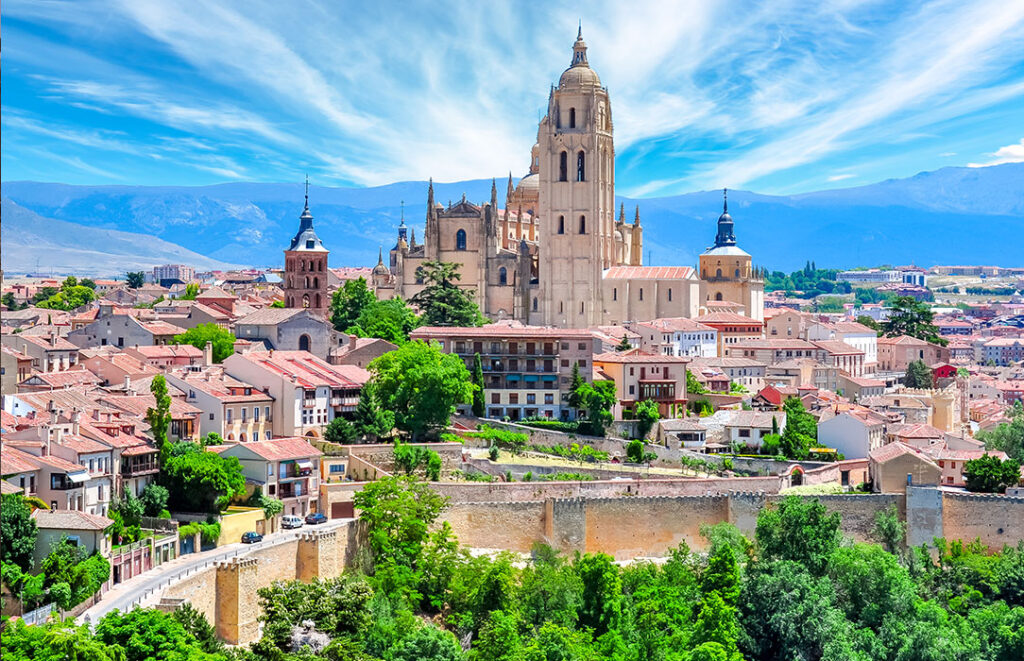
Segovia cathedral, Castilla y Leon, Spain. Photo: Vladislav Zolotov/Getty Images
It is the first of many treasures in the Old City, including the landmark Alcázar de Segovia, one of the most mythic castles in Spain. Former inhabitants include a series of monarchs stretching back to the 12th century, including King Ferdinand and Queen Isabella. Their joint rule paved the way for the merger of Castile and Aragon, which led to the unification of Spain. The castle’s fairytale-like look may remind you of Walt Disney, who used it as inspiration for Snow White’s castle in Snow White and the Seven Dwarfs.
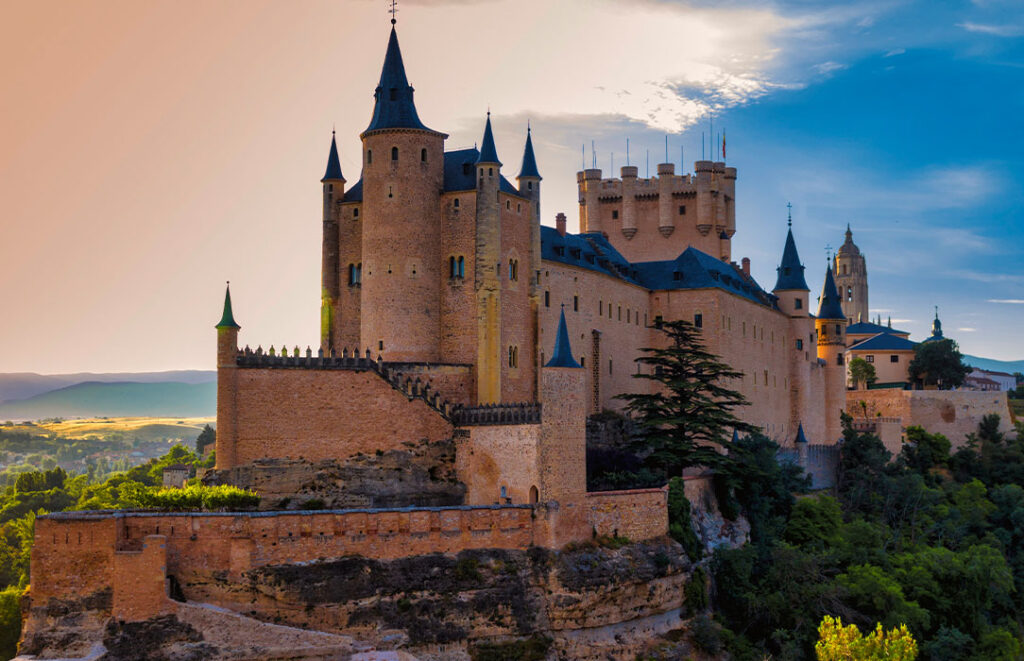
The fairytale-like Alcázar of Segovia was Walt Disney’s inspiration for Snow White’s castle. Photo: Courtesy of Alcázar of Segovia
Don’t leave without sampling Segovia’s gastronomic offerings. Fortify your tour of the city with a long lunch (the big meal of the day for most Spaniards) and try the local specialty, suckling pig. At the family-run Mesón de Cándido, now in its fifth generation, those ordering this Castilian dish are treated to a carving ceremony, done with the edge of a plate to demonstrate the pork’s tenderness.
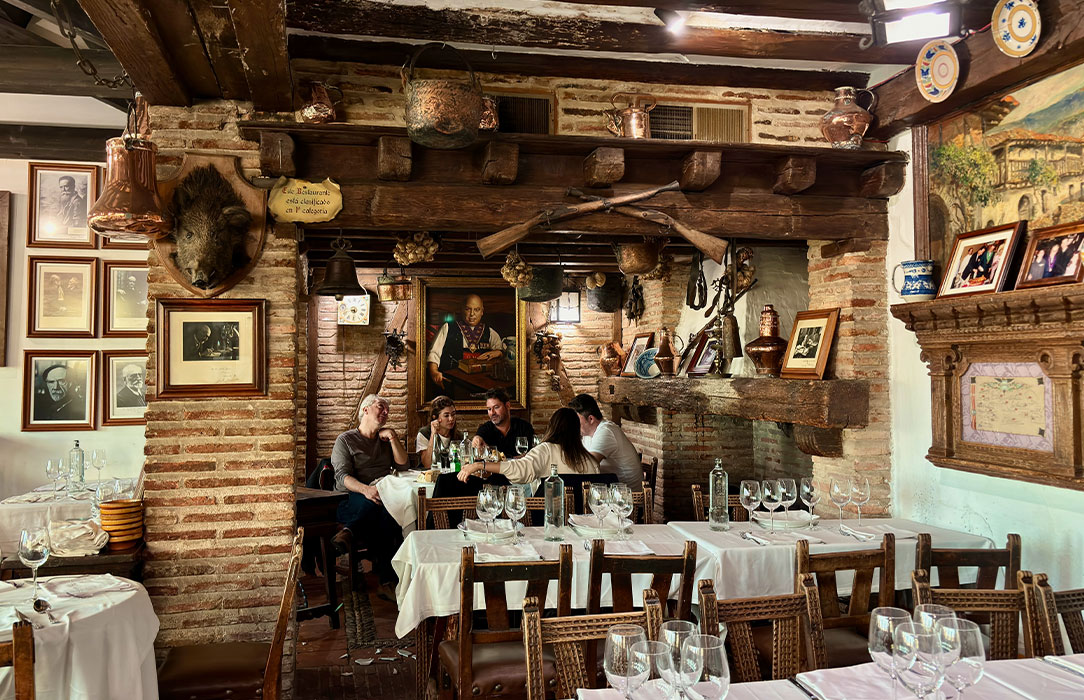
Mesón de Candido in Segovia is Spain’s most famous place to try suckling pig. Photo: Doug Wallace
Valladolid, the historic cradle of Spanish culture
More culinary adventure awaits in Valladolid, the unofficial capital of the region and the birthplace of Castilian Spanish. It is considered to be the Oxford of the Hispanic world where the language is spoken most purely.
Known for hearty meat dishes which include hare, pigeon and goat, it is also where Spain’s annual tapas competition is held; charming tapas restaurants abound.
Los Zagales, off the main square, is the casual spot for award-winning tapas, adventurous in the extreme. Quirky pintxos include a cigar-shaped sardine purée and a lollypop-like quail terrine. More award-winning food can be found at the tiny Michelin-starred Trigo, helmed by chef Victor Martin, who focuses on contemporary cooking rooted in tradition – using small suppliers to access the superb local produce and ingredients. His wife, Noemi Martinez, is a renowned sommelier, so expect perfect pairings.
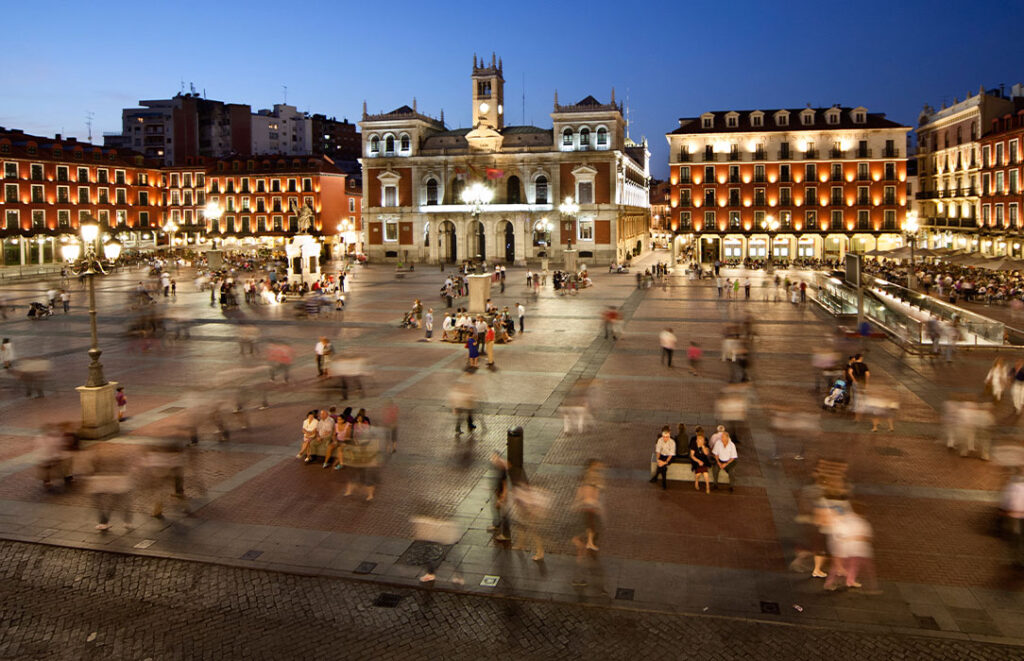
Plaza Mayor adn Town Hall at night in Valladolid, Spain. Photo: Jesus Gonzalez/Getty Images
Valladolid’s most impressive museum is the Museo Nacional de Escultura (national museum of sculpture), which explores themes from Greco-Roman mythology to Catholic iconography. This ornate 15th-century building has a lavish courtyard that is itself worth the visit. The Museo Casa de Cervantes operates in the former home of Miguel de Cervantes, one of Spain’s greatest literary figures, who wrote the incomparable Don Quixote. The museum recreates the environment of a 17th-century Spanish household and even includes Cervantes’s original writing desk.
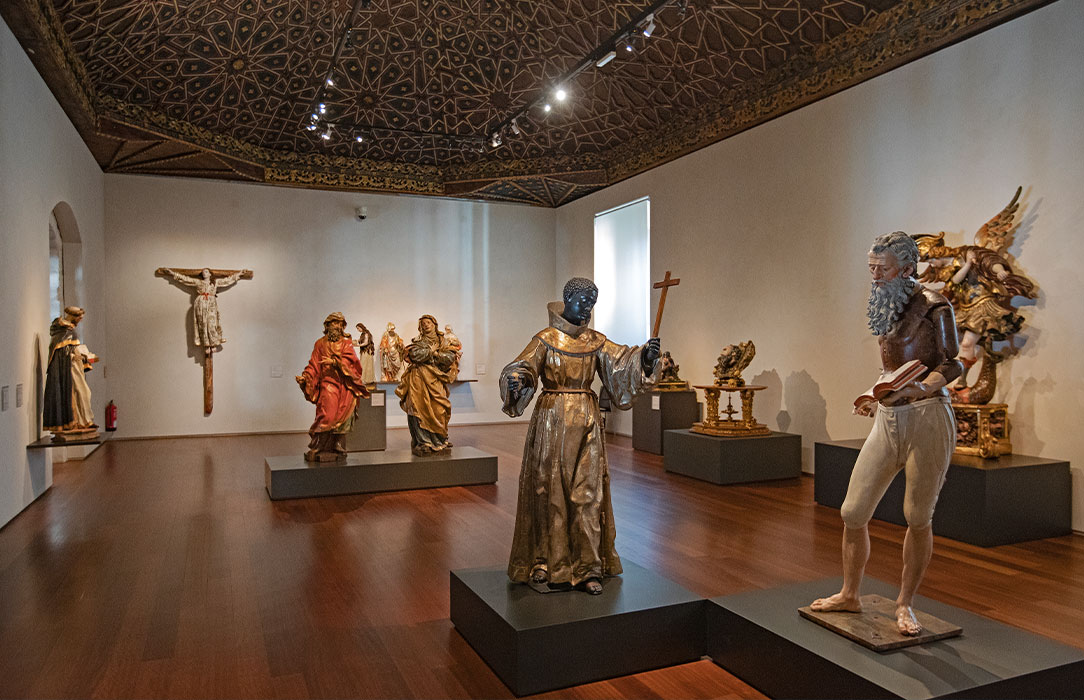
Baroque statues at the National Museum of Sculpture, Spain. Photo: Tourism Spain
If your head starts to spin from all this antiquity, take a quiet moment in Campo Grande, the city’s largest park.
Ribera del Duero, rolling hills and velvety red wines
Valladolid puts you a stone’s throw from one of Spain’s top wine regions, the Ribera del Duero, an hour’s drive east. The draw here are the lavish wine estates that have five-star restaurants and hotels attached. Pago de Carraovejas produces very small batches of fine wines that attract aficionados from around the world who come to taste the sensuous and complex Tempranillos. Tours of the rolling hills of the estate end segue into a tasting of the wines plus a luncheon of exquisite small bites of suckling pig cakes, caviar and delicate fish morsels.
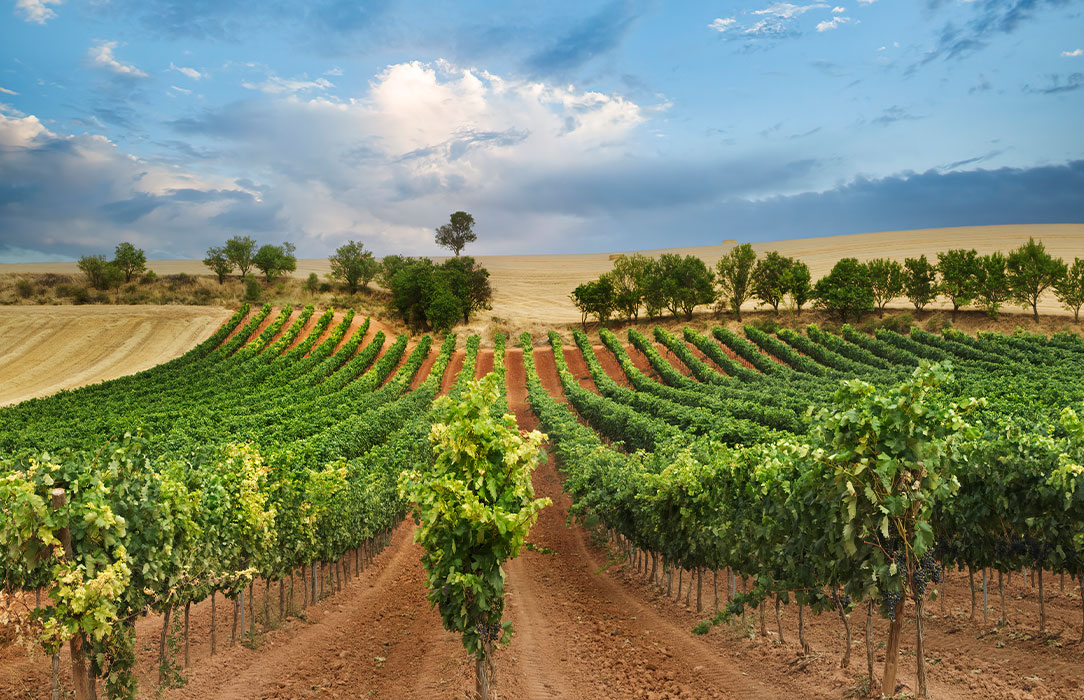
Ribera del Duero In Castilla, Spain. Photo: Carlos Sanchez/500px/Getty Images
The Castilla Termal Monasterio de Valbuena is a luxe hotel set within a 12th-century Cistercian monastery, considered to be the best-preserved in Europe. Stays here must include a visit to the 2,000-square-metre spa, with its expansive hydrotherapy circuit and 16 treatment rooms. A private water circuit delivers thermal alone time with hot and cool pools, with hammam (steam bath) and sauna in a chapel-like setting.
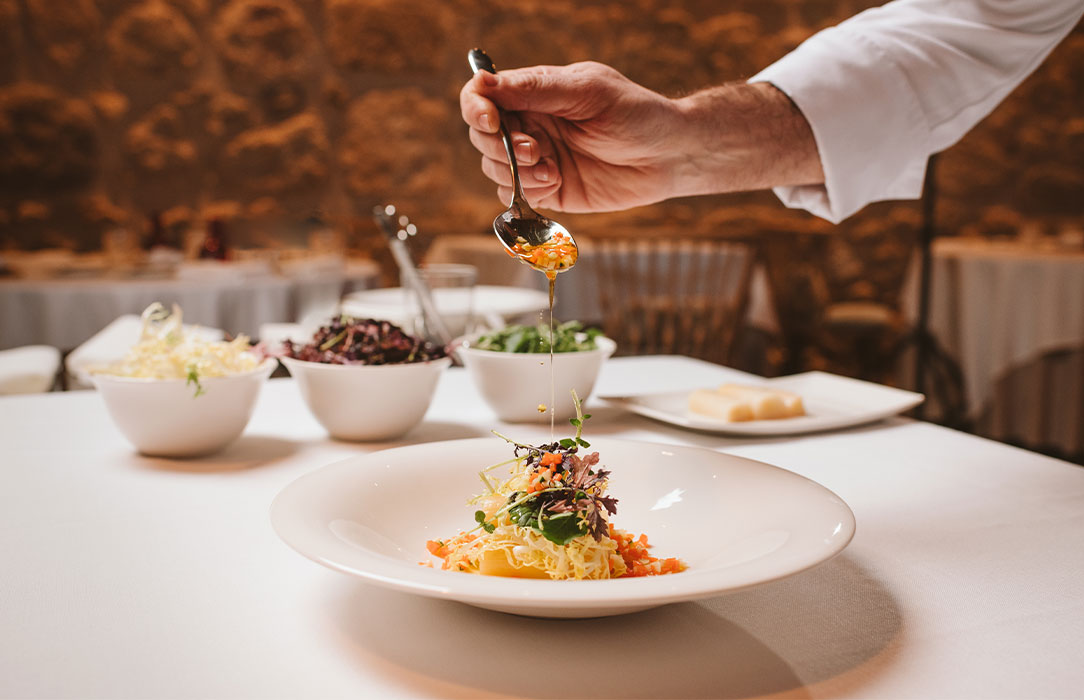
Castilla Termal Monasterio de Valbuena is a luxury hotel, spa, restaurant and history lesson all in one. Photo: Courtesy of Castilla Termal Monasterio de Valbuena
Your wellness to-do list can also include the calming environment of Abadía Retuerta LeDomaine, a winery and spa hotel. Barrel-room tastings can be followed by a visit to the subterranean spa, topped off with a meal at Refectorio, the abbey’s former dining hall.
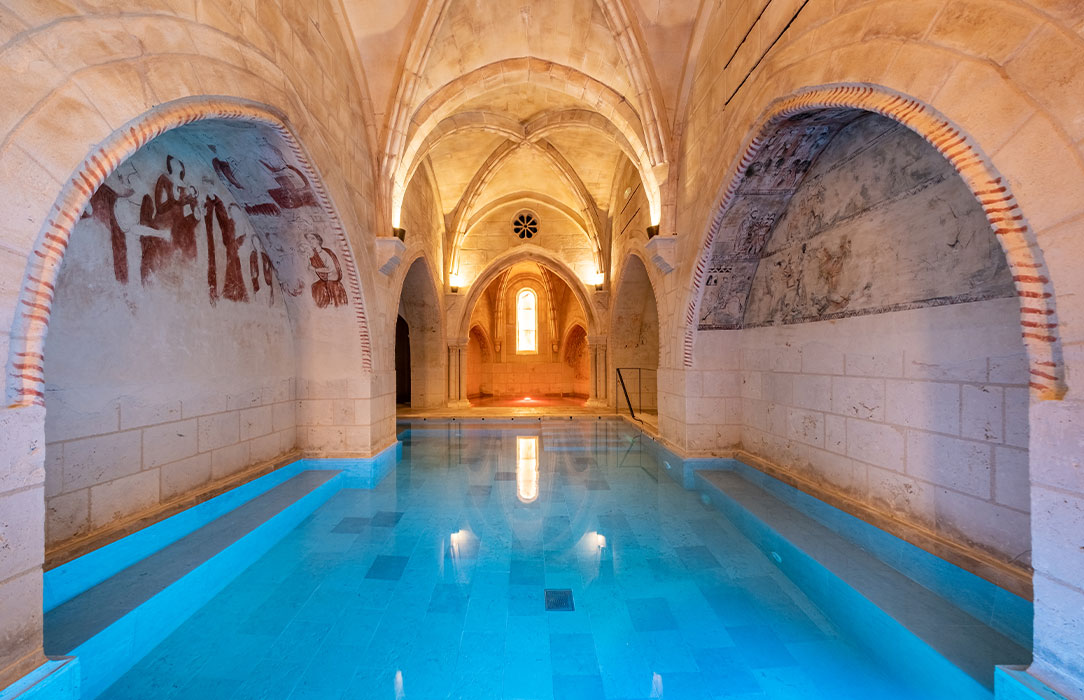
The spa interiors at Castilla Termal Monasterio de Valbuena resemble the hotel’s 12-century architecture. Photo: Courtesy of Castilla Termal Monasterio de Valbuena
Salamanca, Spain’s golden-hued centre of learning
Your Castilla y León road trip yields more pampering two hours southwest at Hacienda Zorita Wine Hotel & Spa, just outside of the old university town of Salamanca. The estate is noted for its farm-fresh cuisine and also for its spa, housed within a water mill that dates back to 780. Natural treatments are based on (what else?) wine and olive oil.
Salamanca itself is a trove of medieval churches and squares. The city remains the same intellectual hub it has been since its university was founded in 1218. After wandering through the old cathedrals and the university grounds and ancient lecture halls, head to the Tormes river for a refreshing kayak or canoe tour.
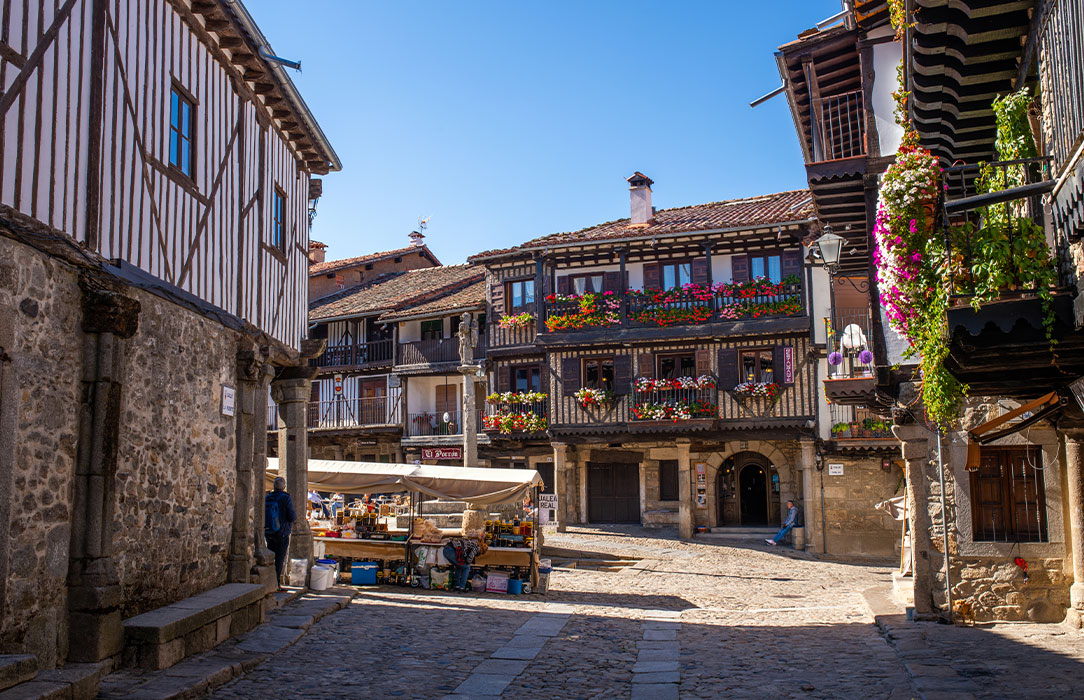
The charming La Alberca, Salamnca. Photo: Visit Spain
More Michelin-star flavours can be found at Restaurante Victor Gutierrez. Dishes focus on the creative fusion of Spanish, Peruvian and Japanese cuisine, ranging from causa limeña (a Peruvian dish made from layers of mashed potato) to nigiri (a type of sushi). And within easy walking distance of all the central activities, the five-star Grand Hotel Don Gregorio is set within a restored 15th-century Baroque palace in the middle of town. Noted for its Michelin-star restaurant, Turkish spa and multilingual staff, it is the perfect pit stop before your drive back to Madrid. Buen viaje!
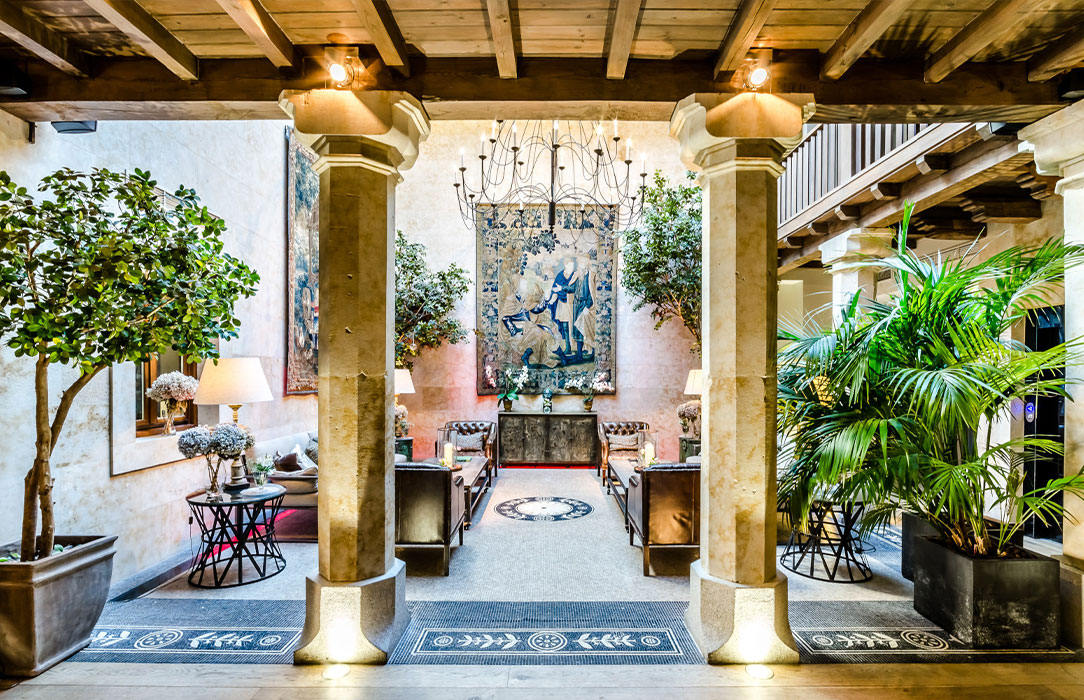
Salamanca’s Grand Hotel Don Gregorio is a restored 15th-century palace. Photo: Courtesy of Grand Hotel Don Gregorio


